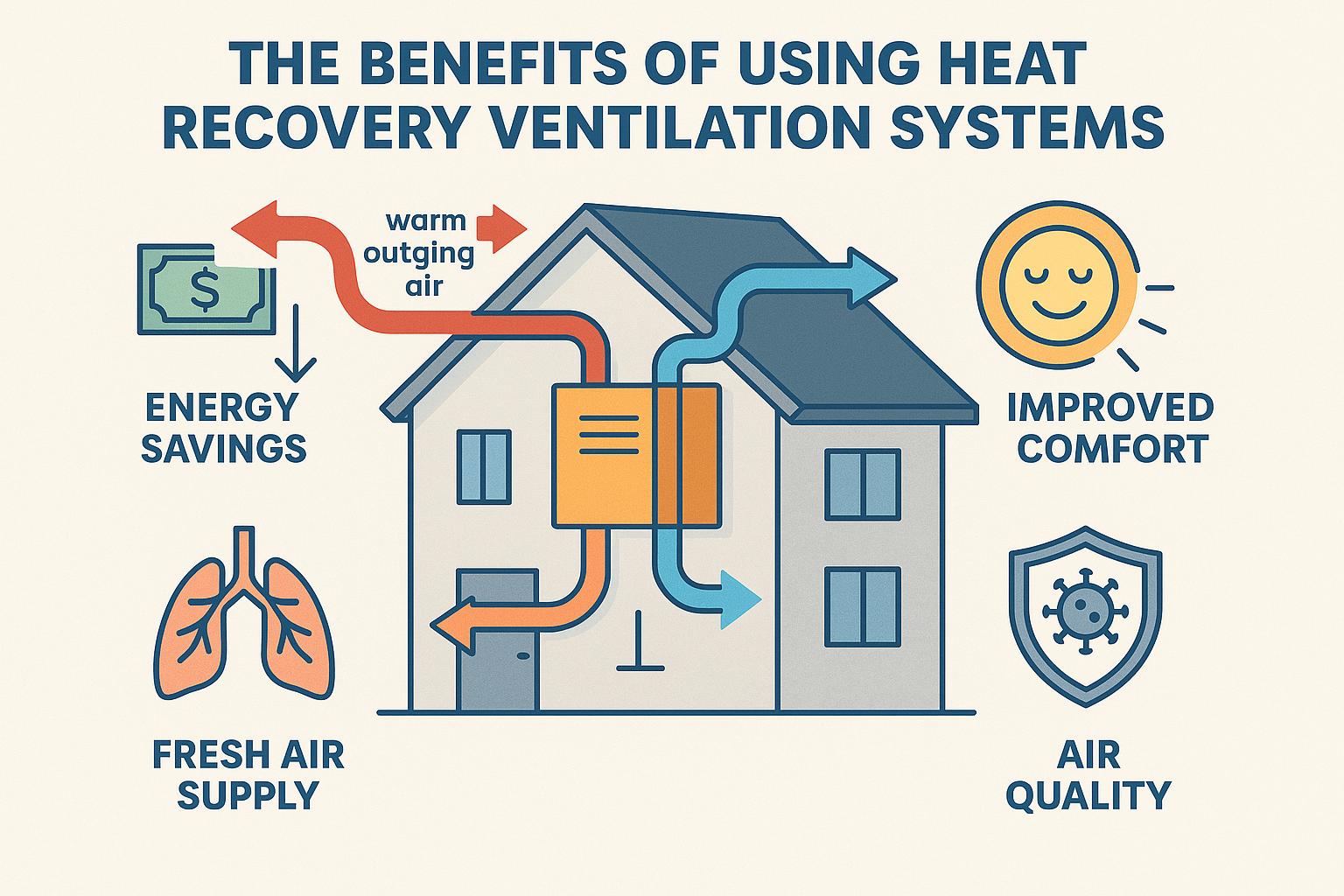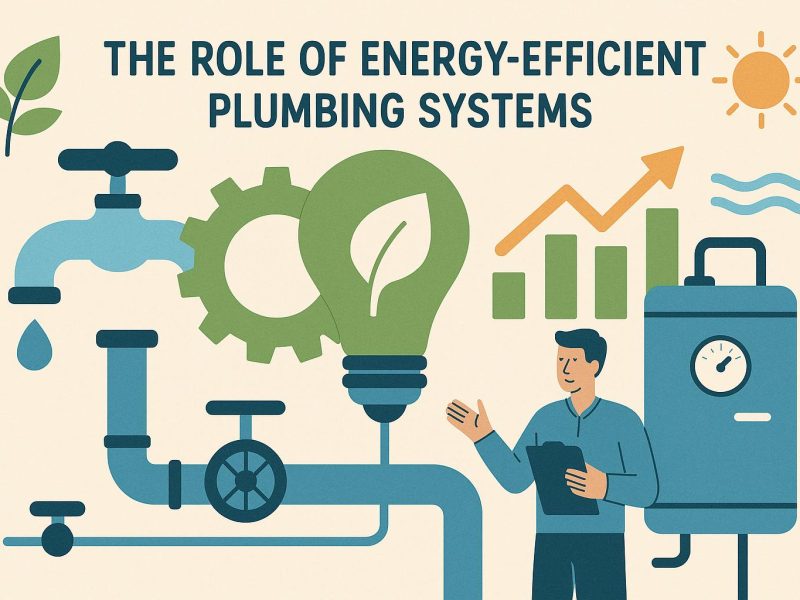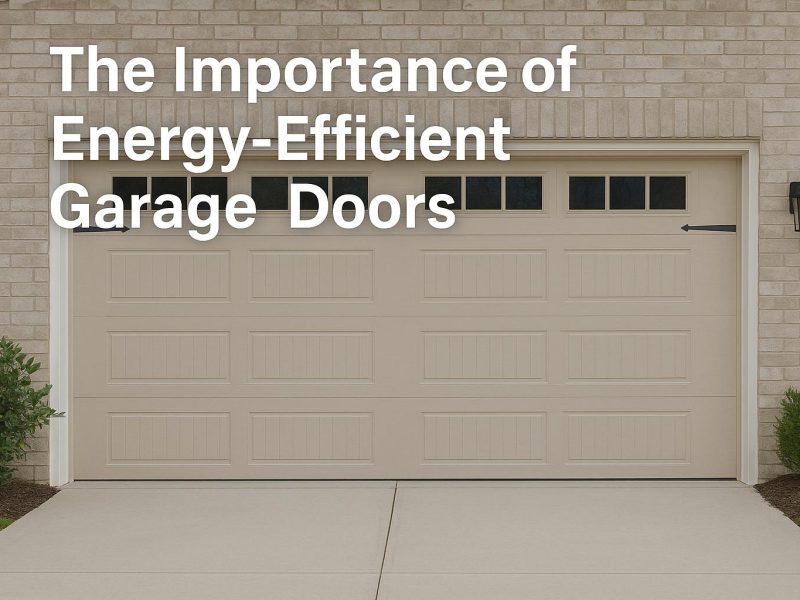Introduction to Heat Recovery Ventilation Systems
Heat recovery ventilation (HRV) systems are advanced technologies developed to offer both energy-efficient ventilation and maintain indoor air quality. These systems are especially advantageous in contemporary, airtight homes where conventional ventilation methods can cause significant energy loss. By transferring heat between incoming and outgoing air, HRV systems considerably improve a building’s energy efficiency.
Understanding the Functioning of Heat Recovery Ventilation Systems
HRV systems operate by drawing fresh outdoor air into a building and efficiently transferring the heat from the outgoing stale air to this incoming fresh air. In colder months, the system uses the heat from the outgoing warm air to warm the cooler incoming air, thereby reducing the necessity for additional heating. Conversely, in warmer months, the system assists in cooling the incoming air using the exhausted cooler air, thereby reducing the burden on air conditioning systems.
Energy Efficiency in HRV Systems
A primary advantage of HRV systems is their remarkable energy efficiency. By capturing heat from the outgoing air, these systems minimize the energy necessary to condition the incoming air, thereby offering substantial reductions in heating and cooling costs. This capability to blend effective heating and cooling with fresh air exchange makes HRV systems an eco-friendly choice for homeowners and builders.
Enhancing Indoor Air Quality
HRV systems are pivotal in maintaining excellent indoor air quality. By continually exchanging indoor air with fresh outdoor air, they effectively reduce the levels of indoor air pollutants like volatile organic compounds (VOCs), carbon dioxide, and moisture. This enhancement in air quality promotes a healthier indoor environment, which is particularly beneficial for individuals with allergies or respiratory conditions.
Consistent Indoor Comfort
Yet another advantage of employing an HRV system is the consistency of indoor temperatures that they offer. By moderating incoming air temperatures, HRV systems help maintain a stable indoor climate, minimizing drafts and temperature fluctuations. This consistency can significantly improve the overall comfort of occupants throughout the year.
Financial Advantages and Cost Efficiency
The financial implications of installing an HRV system go beyond mere energy savings. Over time, the enhanced efficiency can lead to noticeable cost reductions on utility bills. Furthermore, HRV systems can extend the longevity of HVAC equipment by diminishing the workload on such systems, resulting in additional savings in maintenance and replacement costs.
Key Considerations for Implementing an HRV System
Before installing a heat recovery ventilation system, several factors need consideration, including the size of the building, the existing HVAC system, and the specific climate conditions. Professional installation is frequently recommended to ensure the system’s optimal performance and its seamless integration with existing systems.
For more details on heat recovery ventilation systems and their advantages, consulting industry experts or exploring resources from leading manufacturers can be beneficial. Additionally, visiting dedicated energy efficiency websites can supply further insights into how these systems can be effectively integrated to maximize building performance.
In conclusion, heat recovery ventilation systems present a multitude of benefits, including enhanced energy efficiency, improved indoor air quality, and overall cost savings. As awareness around sustainable building practices continues to increase, the adoption of HRV systems is becoming a more popular choice for those striving to establish energy-efficient and healthy indoor environments.



